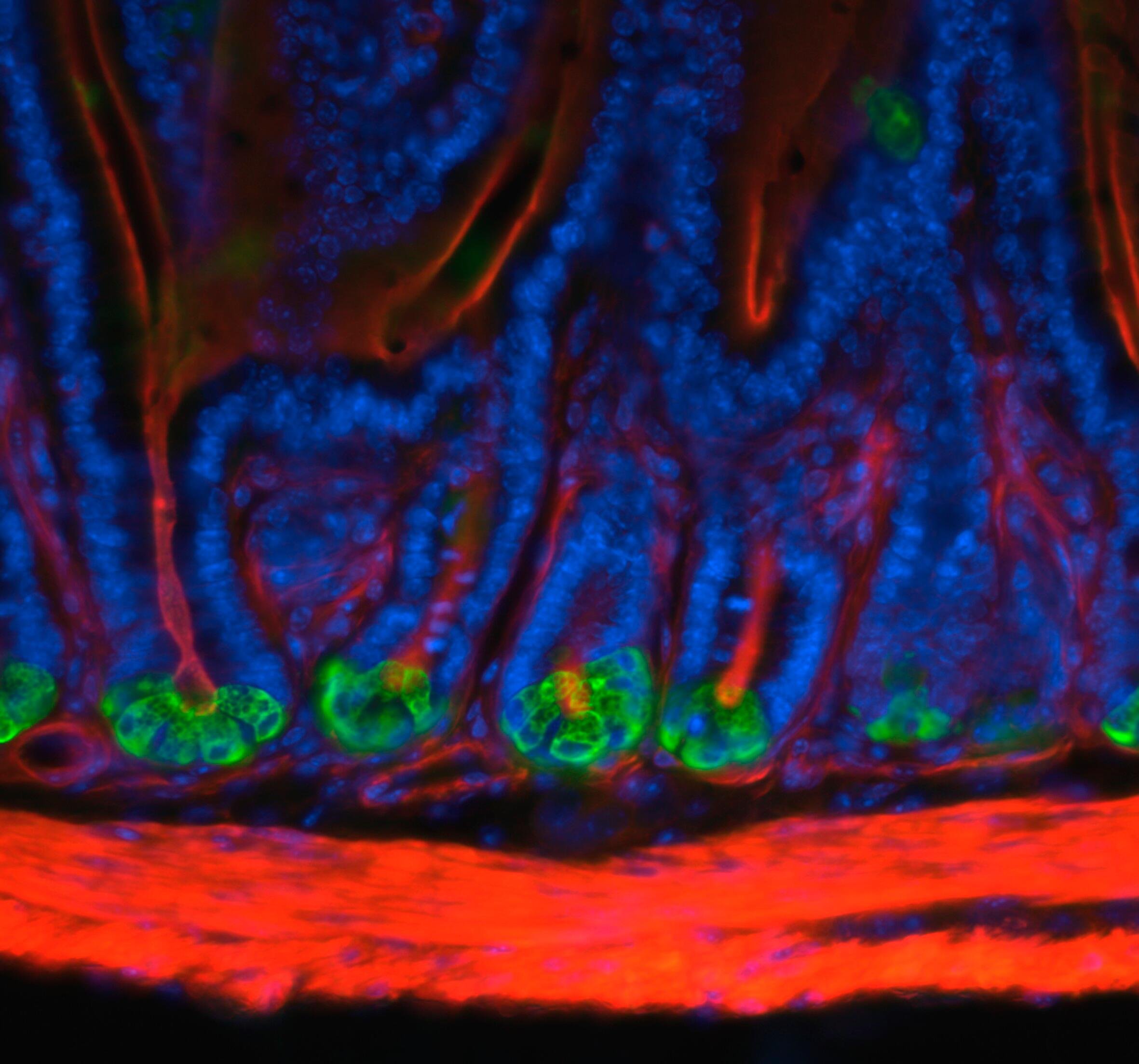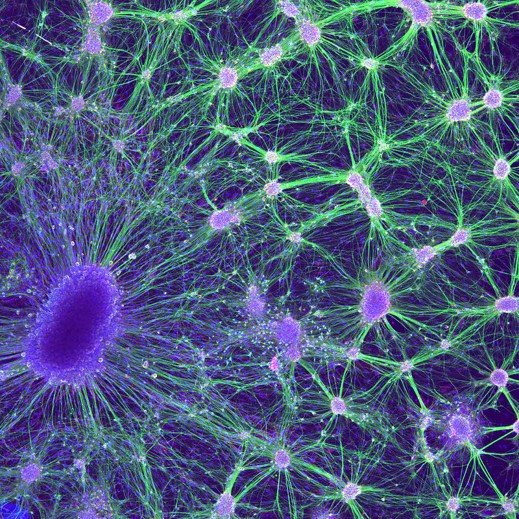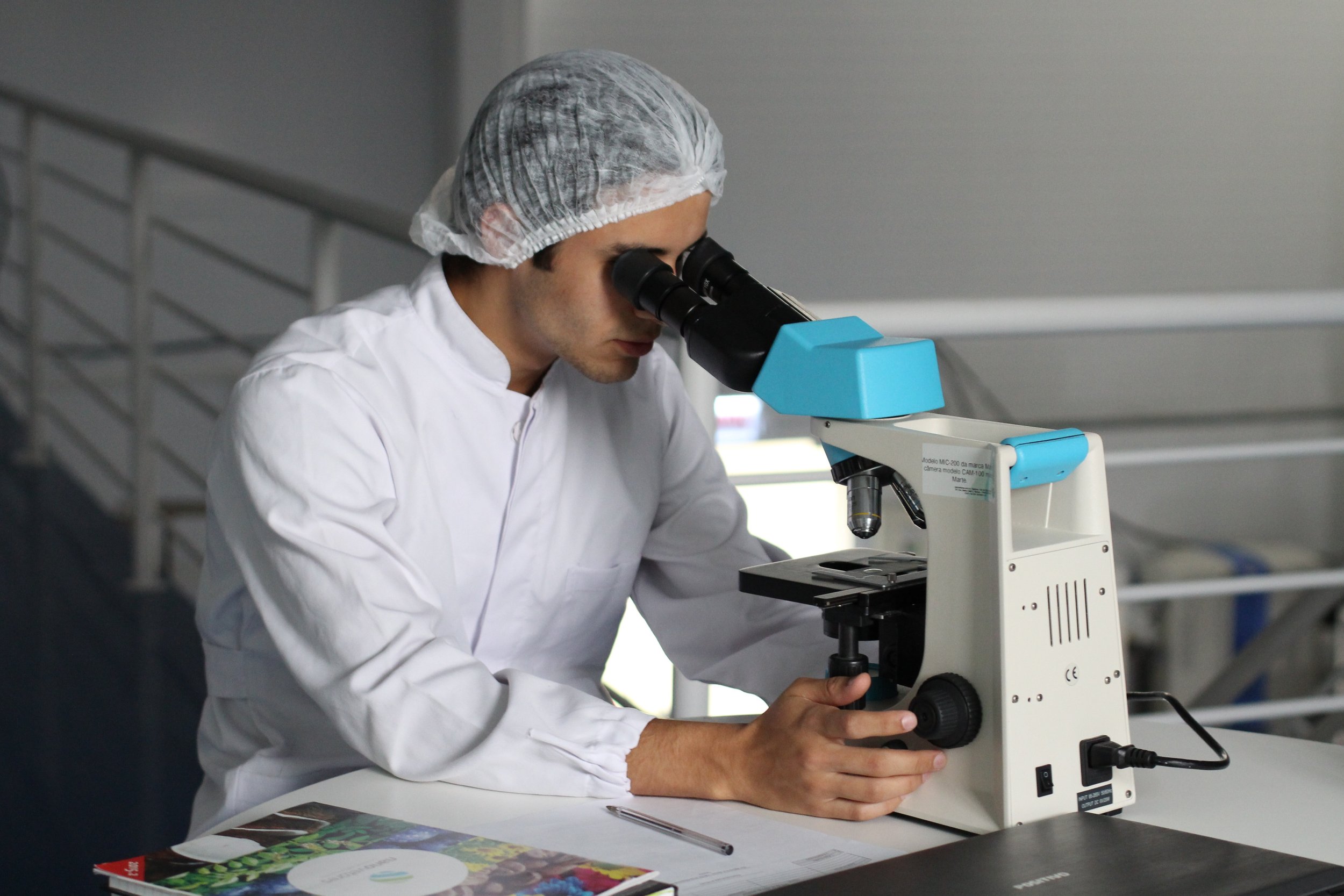Tissue-specific Stem Cells
Section of a mouse intestine. The green labeled cells represent the crypts of the intestine, the location where stem cells are present. Credit: Paul Appleton, University of Dundee, UK.
Tissue-specific stem cells (also referred to as somatic or adult stem cells) are more specialized than embryonic stem cells. Typically, these stem cells can generate different cell types for the specific tissue or organ in which they live.
For example, blood-forming (or hematopoietic) stem cells in the bone marrow can give rise to red blood cells, white blood cells and platelets. However, blood-forming stem cells don’t generate liver or lung or brain cells, and stem cells in other tissues and organs don’t generate red or white blood cells or platelets.
Some tissues and organs within your body contain small caches of tissue-specific stem cells whose job it is to replace cells from that tissue that are lost in normal day-to-day living or in injury, such as those in your skin, blood, and the lining of your gut.
Tissue-specific stem cells are not abundant within their tissue of origin, and they do not seem to self-renew in culture as easily as embryonic stem cells do. However, study of these cells has increased our general knowledge about normal development, what changes in aging, and what happens with injury and disease.
Mesenchymal Stem Cells:
You may hear the term “mesenchymal stem cell” or MSC to refer to cells isolated from stroma, the connective tissue that surrounds other tissues and organs. Cells by this name are more accurately called “stromal cells” by many scientists. The first MSCs were discovered in the bone marrow and were shown to be capable of making bone, cartilage and fat cells. Since then, they have been grown from other tissues, such as fat and cord blood. Various MSCs are thought to have stem cell, and even immunomodulatory, properties and are being tested as treatments for a great many disorders, but there is little evidence to date that they are beneficial. Scientists do not fully understand whether these cells are actually stem cells or what types of cells they are capable of generating. They do agree that not all MSCs are the same, and that their characteristics depend on where in the body they come from and how they are isolated and grown.




